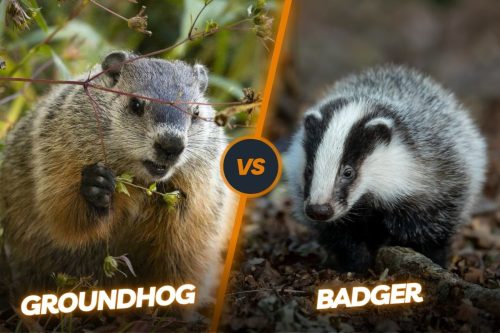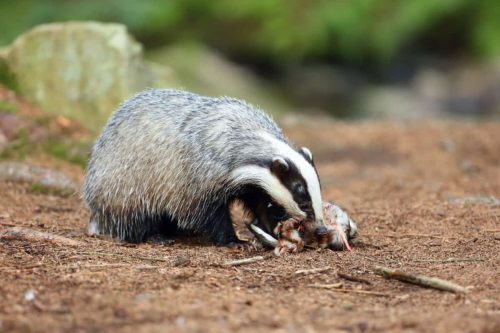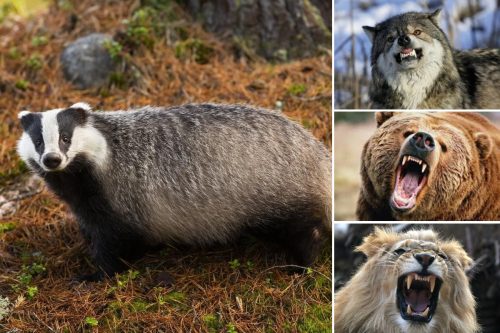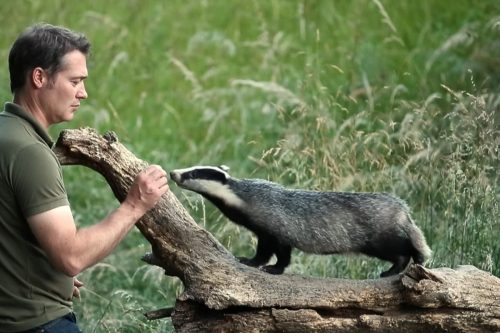Do Badgers Hibernate Or Migrate? [Winter Behaviour explained]
There are a lot of predictions about the badger hibernation process. People want to know do badgers hibernate. If you are also interested, we are going to answer this question in detail.
Seasons have a great impact on the activity pattern of animals. Some animals exhibit a whole lot of activity in a particular season and become dull in another season. The same is the case with badgers. They increase their every activity like getting more diet, gaining weight, collecting food, and making dens when they know winter is approaching.
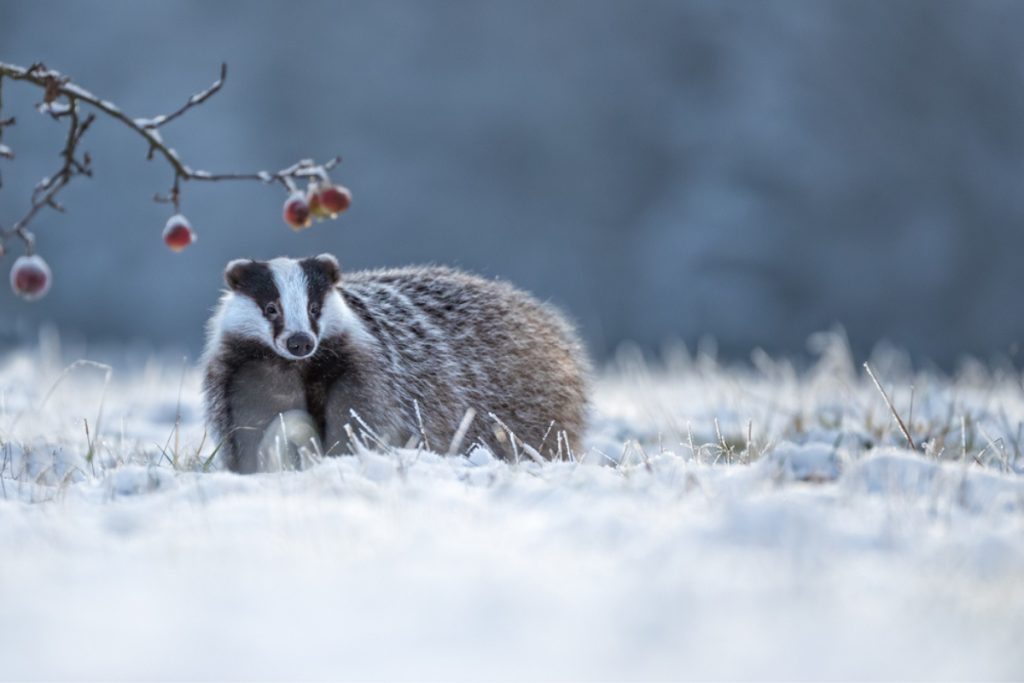
Contents
Do badgers hibernate?
Simply put, badgers don’t hibernate as the other animals do. Although they reduce their activity in the winter it doesn’t mean that they hibernate. Badgers like to live in underground tunnels in the winter season which they have built to keep themselves warm and safe from harsh cold weather.
Why badgers don’t hibernate?
Generally, cold weather is not good for the health of the badger. They don’t like to engage in their normal activities during this season. They do all the preparations in the fall season and spend most of their time in the winter season by sleeping for long hours.
Badgers are also nocturnal and they have to come out from setts during the night time and nights in the winter are harsher than the nights of summer. It also doesn’t suit badgers to come out in the winter. They survive in the winter by putting some extra fat on their belly.
They don’t hibernate because they don’t have to. Most of the animals hibernate to save themselves from harsh weather or they don’t have food collection for a particular season. In the case of badgers, they collect a lot of food before winter and also have a place to survive in the harsh winter. Thus, they don’t need to hibernate.
Badgers are also not the only animals on the planet that don’t fully hibernate during the winter season. There are many other animals like rabbits, and squirrels who also don’t hibernate. Although they reduce their activities same like badgers. It has been estimated that the badgers could spend at least 70 odd days inside their dens throughout the winter without doing anything.
What is the cycle of torpor for badgers?
It is a time which Badgers can spend inside their dens without having any food. This term is specifically used for American badgers. During the winter season, American badgers go through a cycle of torpor. They go underground and live up to 29 hours inside their dens without food. During this cycle, the body temperature of the badgers reduces to almost 9 degrees Celsius and the heartbeat reduces to almost half the normal heartbeat rate. They spend most of this time sleeping in their beds.
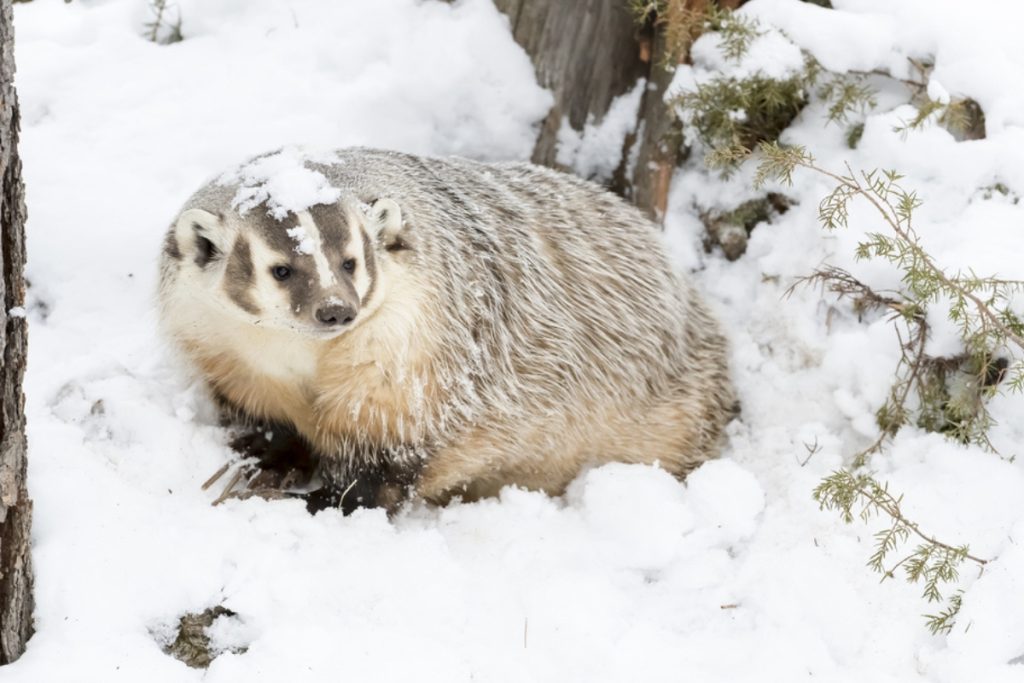
Do European badgers hibernate?
During the winter season, in many cold areas of Europe like Russia, the food is not sufficient enough to meet the needs of the badgers. These badgers prefer to hibernate than go through the cycle of torpor. Hibernation seems more energy efficient than a cycle of torpor. In these areas, badgers hibernate from late October to mid-November. However, in the warmer weather, European badgers also like to go through the cycle of torpor.
Do honey badgers hibernate?
Honey badgers don’t live in extremely cold areas. That’s why they don’t need to hibernate. But they do like to sleep for a longer period in their dens when they are food scarce. They could sleep for weeks and do not do many activities inside their dens.
How does a badger survive in the winter?
First of all, they do it through anatomical adaptation. They shed their thin summer coats and grow thick summer coats. It is a double-layered coat which proves extremely helpful in dealing with winter. In this coat, the badger gives you a barrel-like appearance.
Secondly, badgers could also slow down their metabolism and lower the heat transfer to retain it maximum inside their body. They could also go through the cycle of torpor to reduce their heart rate as well as temperature.
Thirdly, they reduce their activities very much. In summer, they make a lot of movements from one den to another. They build enough dens that they come back to the same den after several months. However, they reduce their activity in the winter very much and use only one or two dens in the whole cold months. Females might use many dens especially if they are going to give birth.
Lastly, they abruptly change their foraging patterns. It is also inevitable because most of the badger’s prey do hibernate or migrate when the winter season comes. It has also been reported that European badgers shift their diet from meat to seeds, nuts, plants, and berries. They could also eat apples, corn, and wheat if they are living near rural areas.
They might change their dieting habits but they don’t lose an opportunity to hunt down small animals like rabbits, rodents, mice, etc. It has also been reported that badgers forgo their nocturnal behavior in the winter and come out even in the days in search of food to take advantage of the outside temperature.
Also, read our article for what do Badgers look like to identify badgers.
When do badgers resume their activities after winter?
There will be an abrupt increase in the activities of the badger in the month of march and April. In the spring season, they warm up their bodies and try to gain their previous routine of hunting, scavenging, building, and digging. Gradually, they reach their extreme activities in June and July. They gradually move towards the mating process and complete it by the end of the summer season.
Badgers try to follow this schedule every year and also train their cubs to follow the same activities throughout their life because it is the only way they can survive for a longer period.
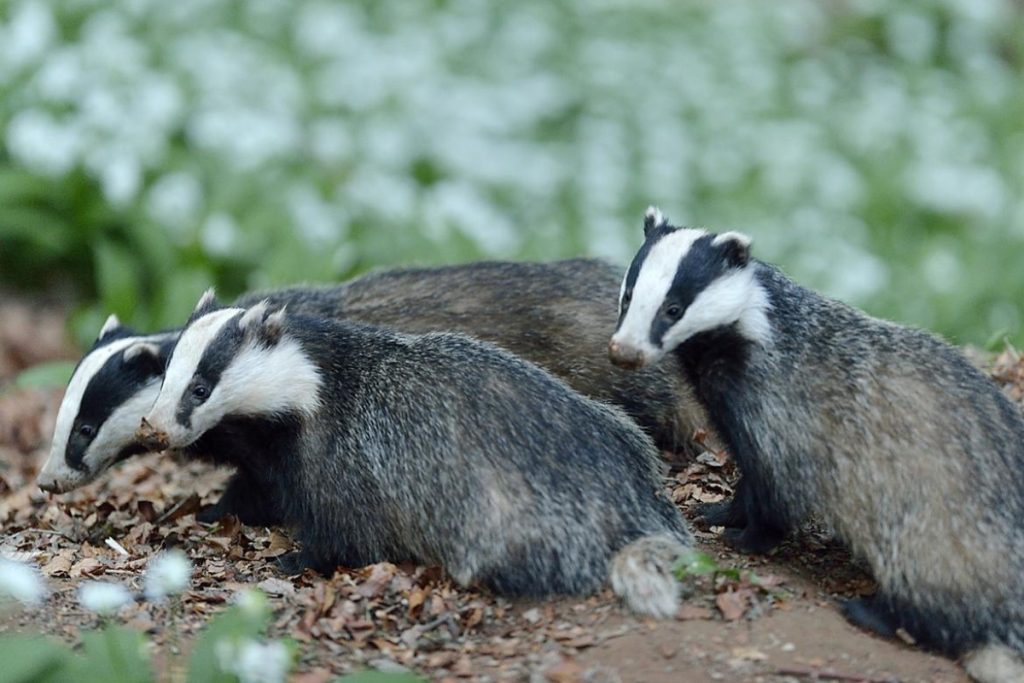
Frequently asked questions – FAQs
Conclusion
In nutshell, we can say the whole activity of the badgers depends upon the extremeness of the season. In warm climates, badgers remain active throughout the whole year. But in areas having harsh winters, they increase their weight two times from spring to summer and then undergo torpor or hibernation for at least six months. Thus, all the movements of the badgers depend upon the weather.

Izzy is an experienced ranch worker who has a passion for exploring nature and getting up close to wildlife. With her connections to various animal organizations, Izzy is well-versed in animal care and rehabilitation.

